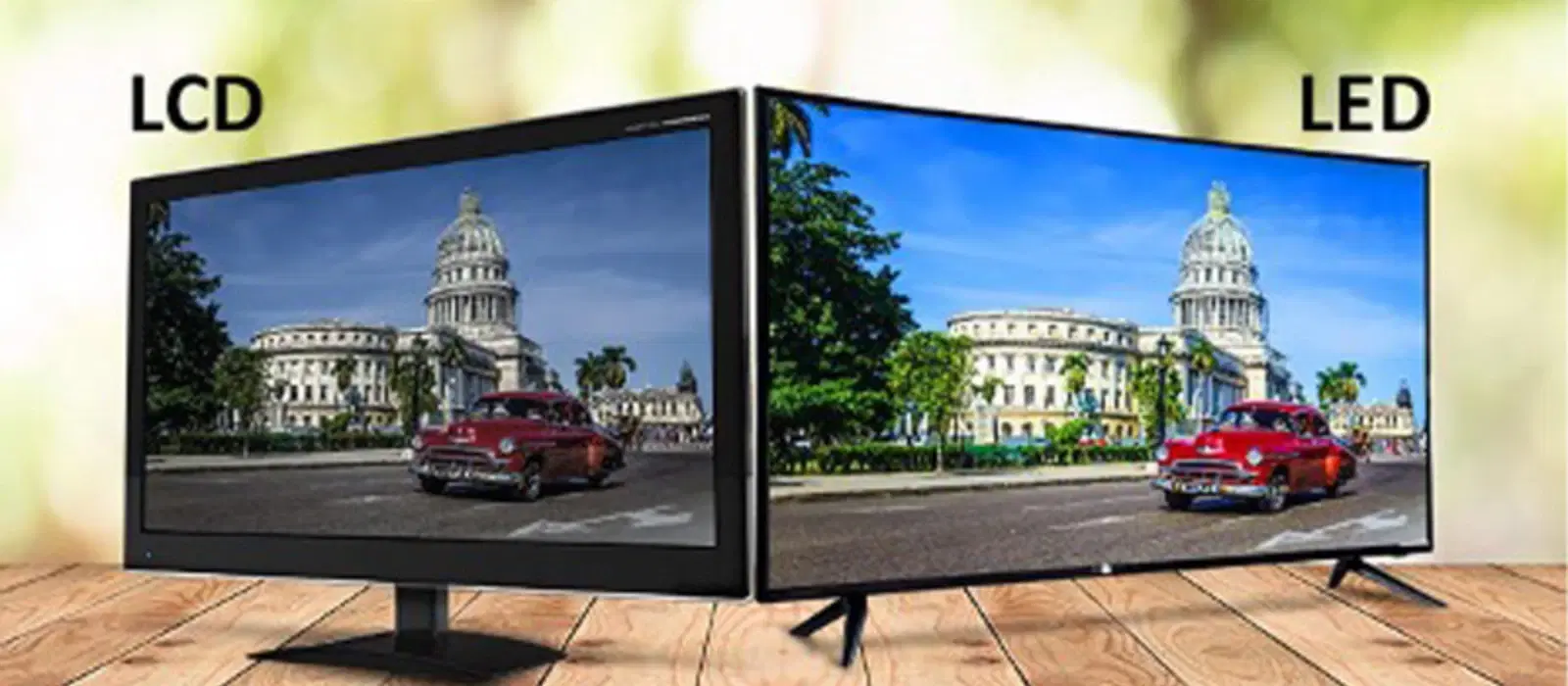
Consumer Electronics
•04 min read

Buy SAMSUNG S90F 210 cm (83 inch) 4K Ultra HD OLED Smart Tizen TV with Multiple Voice Assistant (2025 model) online at best prices from Croma. Check product details, reviews & more. Shop now!
Choosing the right display technology for your smartphone can be overwhelming, especially with terms like AMOLED, OLED, and LCD being thrown around. Understanding these technologies can help you make an informed decision based on factors such as user experience, energy efficiency, and durability.
LCD, or Liquid Crystal Display, works by using liquid crystals that modulate light. This technology has been prevalent in older devices and is often praised for its affordability in everyday gadgets. While it may not offer the same vibrancy or energy efficiency as more advanced options, LCD remains a viable option, especially for those mindful of their budget.
OLED, which stands for Organic Light Emitting Diode, differs from LCD in that each pixel emits its own light rather than relying on a backlight. This ensures better contrast, deeper blacks, and can result in a superior viewing experience. OLED displays have become a favourite among those who desire excellent image quality and faster refresh rates.
AMOLED, or Active Matrix Organic Light Emitting Diode, builds upon OLED technology with an active matrix system that improves response time and energy efficiency. This modern display technology is celebrated for its high contrast, vibrant visuals, and the ability to offer thinner designs, making it a popular choice for tech enthusiasts and young professionals.
When comparing display quality, AMOLED screens often lead with excellent colour accuracy, high brightness levels, and impressive viewing angles. OLED offers a similar level of quality with deep contrasts, while LCD, despite its lower cost, may fall short in providing the same vibrancy. For those comparing LCD vs OLED display quality, it's clear that advanced display technologies offer a superior visual experience overall.
Energy efficiency is another crucial factor. AMOLED and OLED screens are designed to consume less power by lighting only the required pixels, which is especially beneficial when using apps that demand high-res graphics. In comparison, LCD screens require constant backlighting, a factor that can lead to higher energy consumption. This makes the discussion of AMOLED vs LCD energy efficiency particularly important for tech users who value both performance and battery life.
Another point to consider is the durability of each display type. While some concerns have been raised over issues such as burn-in with OLED and AMOLED displays, these modern screens are engineered to manage such challenges effectively. The longevity of an AMOLED screen, in particular, is further enhanced by its advanced design, making it a robust option for continuous use. In contrast, LCD screens are not prone to burn-in but may lag in overall performance in terms of sharpness and contrast.
Did You Know? The Science Behind Burn-In Issues
Burn-in occurs when static images leave a permanent mark on OLED or AMOLED screens due to the uneven ageing of organic compounds. While manufacturers have implemented features to minimise this, LCD screens remain unaffected by this problem.
AMOLED displays offer superb advantages such as high contrast, improved energy efficiency, and innovative thinner designs that enhance overall visual appeal. However, these benefits come at a premium cost and, in some situations, there may be issues related to burn-in. Balancing the AMOLED vs OLED pros and cons is key for consumers who prioritise both aesthetics and functional longevity.
OLED technology stands out for its impressive image quality, faster refresh rates, and the ability to create flexible and sleek designs. Despite these advantages, OLED screens tend to be more expensive and can experience degradation over time under prolonged usage. These OLED display advantages are often weighed against potential drawbacks, making careful consideration essential.
LCD panels are highly regarded for their affordability and reliability, with the added benefit of being free from burn-in issues. On the downside, they may offer inferior colour accuracy and overall performance when compared to the latest smartphones and devices. Discussions around LCD panel performance highlight that while LCD remains practical, it might not satisfy those looking for cutting-edge display quality.
When deciding among these display technologies, several factors come into play. Your budget, battery life expectations, and the level of display quality you desire are all critical in making the best choice. For instance, those considering the best display technology for smartphones may lean towards AMOLED for its vibrant visuals and energy efficiency, whereas LCD might suit users who prioritise cost-effectiveness.
In everyday scenarios, AMOLED displays are an excellent choice for gaming and video streaming, offering crisp visuals that bring every detail to life. OLED, with its excellent image quality, is well-suited for use in devices where enhanced refresh rates matter, such as in professional photography or multimedia consumption. Meanwhile, LCD is a reliable alternative for those looking for a budget-friendly option that still meets everyday demands.
OLED offers superior contrast and deeper blacks, but LCD is more affordable and free from burn-in issues.
The best display depends on your needs. AMOLED is ideal for vibrant visuals and energy efficiency, while LCD suits budget-conscious users.
AMOLED is a type of OLED that uses an active matrix to improve response time and energy efficiency.
AMOLED screens can be easier on the eyes because they may produce less harmful blue light, reducing eye strain during prolonged use.
OLED displays offer faster refresh rates, improved colour accuracy, and allow for the development of thinner and more flexible designs.
In summary, AMOLED, OLED, and LCD each come with unique benefits and drawbacks that make them suitable for various use cases. AMOLED leads with cutting-edge performance and higher energy efficiency, OLED delivers impressive image quality, and LCD continues to offer a budget-friendly option for everyday use. By understanding these differences, you can better align your device choice with your needs while enjoying a rewarding shopping experience with Tata Neu, where NeuCoins rewards add even more value to your purchase decisions. Explore, learn, and shop smartly with confidence.